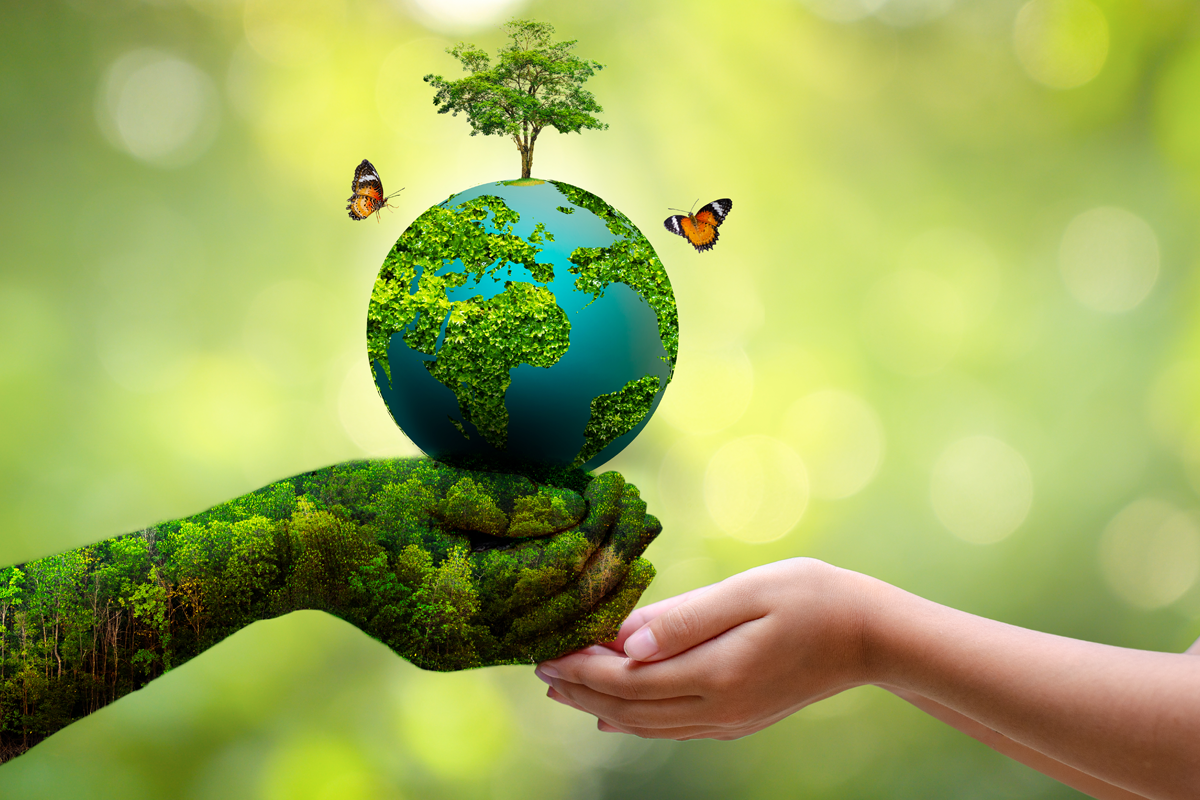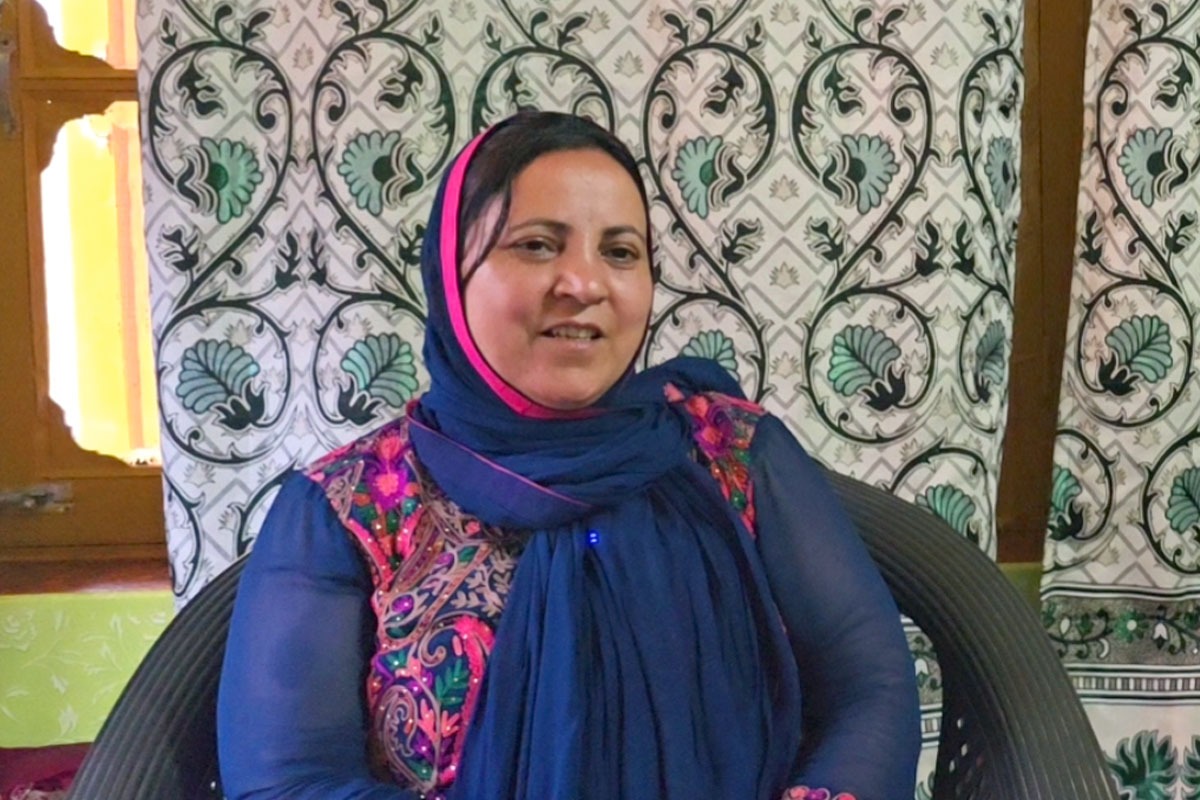Mehru Nissa
A straw with our iced coffee, a plastic bag to carry our takeout, a wrapper on a candy bar, discarded plastic cutlery from our wedding ceremonies: taken individually, each seems harmless. However these conveniences are so ubiquitous and are so quickly thrown out that they hardly register in our minds. But these single-use plastics come with a steep environmental price that we’ll be paying off for millennia.
World Environment Day (WED) 2023 focuses on solutions to plastic pollution problem under the campaign #Beat Plastic Pollution. From choking landfills to contaminating waterways our excessive plastic consumption has dire consequences for our planet. It’s high time to confront the plastic crisis head-on and embrace sustainable alternatives. Plastic waste has made its way up to the secluded Pyrenees mountain range and down to the bottom of the Mariana Trench. It has also been found in the guts of whales, seabirds and turtles as well. How did we get here? What does this mean for us, other species and the planet? Let us celebrate this WED by disseminating awareness related to the environmental havoc created by the exorbitant use of single use plastics.
Single use plastics are a growing menace to the environment as these plastics are often used for just a few minutes before being discarded. Plastic bags, straws, water bottles, and food packaging are some of the most common single-use plastic items found in landfills, oceans and waterways. One of the most objectionable types of litter that is detrimental to the health of environment is the use of polythene bags. Be it the roadside vendors selling fruits or vegetables, or shopkeepers; the use of polythene continues and is found mostly littering the streets, parking lots and where not! Plastics don’t degrade instead they just break up and over time are converted into smaller pieces known as microplastics typically created via abrasion and ultraviolet (UV) light degradation. These microscopic plastic fragments no more than 5 millimetres long are hard to detect and are found almost everywhere. They end up in the water, eaten by wildlife, and inside our bodies as well. For wildlife microplastics can be particularly dangerous when eaten, as they can easily accumulate inside an animal’s body and cause health issues like punctured organs or fatal intestinal blockages. Exposure to microplastics, as well as the chemicals that are added to plastics during processing harm human health as well. Most of us take metals with ready to eat food items carried in the coloured polythene carry bags like lead through black polythene carry bags, chromium through red polythene carry bags, copper through blue polythene carry bags and salt of barium through green polythene carry bags.
The recent COVID 19 pandemic also led to an increased demand for plastic based products such as gloves, PPE kits, masks, face shields, head covers, shoe covers, hand sanitizer bottles, takeaway plastics, medical test kits etc. Although the use of these plastic based items helped us in curbing the spread of virus, but the careless disposal of discarded surgical and N95 masks made from synthetic plastic fibre called polypropylene has further exacerbated the plastic pollution problem across the globe. In view of the growing menace of plastic waste, there is an urgent need to think for sustainable practices so as to prevent further environmental degradation being caused due to plastic waste thrown indiscriminately everywhere. It is imperative for the government, local bodies and civilians to achieve a common target of zero plastic waste.
India is the second-largest consumer of plastic globally, with packaging materials contributing significantly to the plastic waste generated. Major corporations in India that generate huge quantities of single use plastics are coca cola, PepsiCo and Nestle. Coca-Cola alone produces three million tons of plastic packaging each year equivalent to a terrifying 200,000 plastic bottles per minute. According to a report by the Central Pollution Control Board (CPCB), the country generates over 9.46 million metric tons of plastic waste annually, out of which only 60% is recycled. The remaining waste often ends up in landfills, rivers, and oceans, causing irreversible damage to the environment and marine life. Recycling more plastic, more frequently, reduces its footprint. Polyethylene terephthalate (PET) one of the most commonly recycled plastics and the material that makes up most water and soda bottles, can be turned into everything from polyester fabric to automotive parts. Besides this strengthening of waste management infrastructure, implementation of effective seggregation systems and establishment of recycling centres will help to a greater extent to address the growing menace of plastic waste.
Eliminating plastic product pollution is an important component of the United Nations Decade On Ecosystem Restoration 2020-2030. It’s not too late yet. There are still many changes that we can incorporate in our lifestyle to reduce our plastic footprint in the environment. Some companies are taking initiative and following Corporate Social Responsibilities (CSR) like McDonald’s swapped its plastic straws for paper at its United Kingdom and Ireland restaurants. Disney is eliminating single-use plastic straws and stirrers at all its theme parks, resorts and properties. Starbucks, which uses an estimated one billion plastic straws per year, is phasing them out in favour of paper ones. These actions are a response to calls for change and shifting consumer habits. Single-use plastics items like straws, bags, and plastic cutlery are traditionally hard to recycle because they fall into the crevices of recycling machinery and therefore are often not accepted by recycling centres. The use of these single-use plastics should be banned globally. However, while we wait for these regulations, we should not forget that even our personal preferences will create a global change. cutlery still remains the primary source of plastic waste at weddings ceremonies. We should encourage the use of tumblers, plates and other utensils made of glass and environment-friendly metals. Besides this use of cloth-based bags, such as jute and cotton, which are biodegradable as well as reusable should be largely emphasized. These ecobags not only provide a safe and eco-friendly alternative but they also eliminate the need for single use plastic bag that have proven to harm the environment. Furthermore implementation of sustainable plastic waste management strategies along with creating awareness among the public about scientific management and disposal as well as advocating the principle of 4 R’s ( i.e., reduce, reuse, recycle, and refuse/recover) can help to a greater extent in curbing the menace of plastic pollution.
One small change can mean a world of difference for the safety and health of the planet.
The author holds Master’s in Environmental Science from Kashmir University. She teaches at Kashmir Harvard Higher Secondary Institute, Habak Naseem Bagh Srinagar. The author can be mailed at mehrunisaevs@gmail.com



